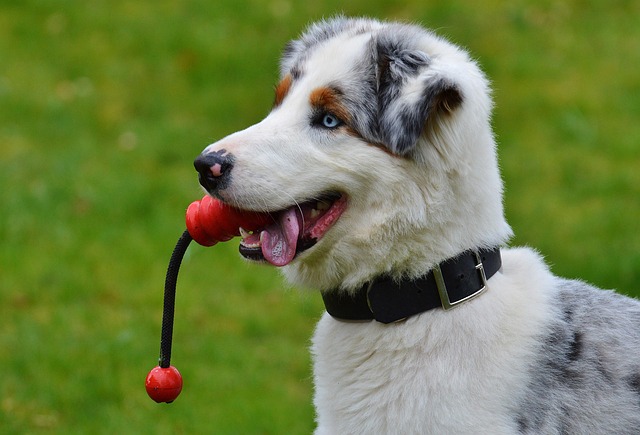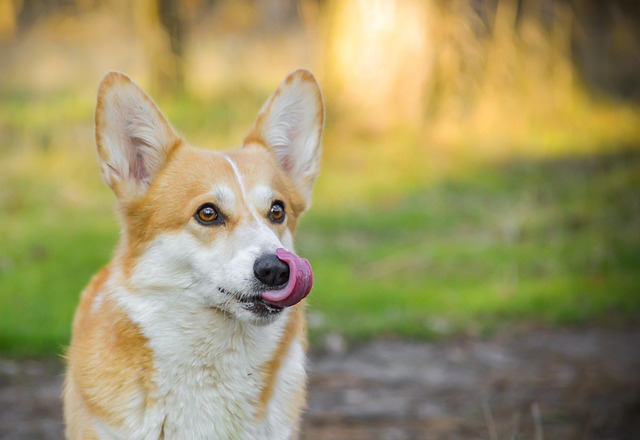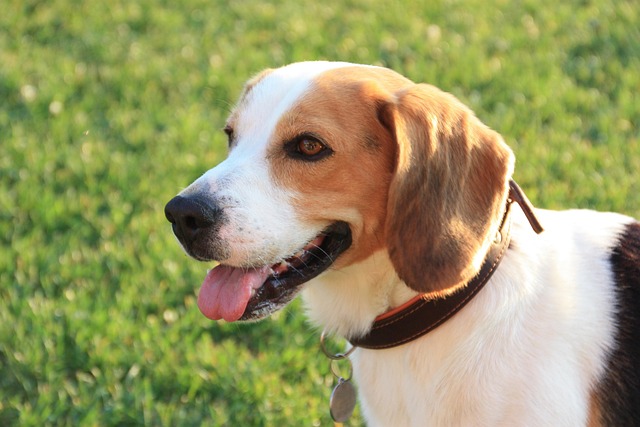
How hard is it to get approved to adopt a dog?
The moment you fall in love with that soulful gaze in a shelter photo, your heart starts planning puppy playdates and cozy couch naps. But then reality hits: the adoption approval process.
You’ve probably seen your dog’s ears flatten or tail tuck during a grooming session. While those puppy eyes might tug at your heartstrings, understanding why grooming causes stress can transform the experience from a struggle into a positive bonding moment.
Most dogs aren’t naturally fond of clippers buzzing near their paws or water splashing in their face. Think about it—sudden loud noises, strange smells, and hands restraining them go against every instinct. Even well-meaning owners might accidentally pull a mat too hard or use a shampoo with a scent that overwhelms their sensitive noses. These seemingly minor moments accumulate, making dogs associate grooming with discomfort.
Legal requirements play a crucial role too. In many areas, maintaining your dog’s hygiene isn’t just a courtesy—it’s the law. Matted fur can trap moisture, leading to skin infections that violate animal welfare regulations. But rushing through a grooming session to meet these standards often backfires. For example, a dog with severely matted fur may need sedation at a professional salon, adding another layer of stress.
 Cultural norms also shape our approach. In communities where dogs socialize frequently at parks or doggy daycares, a well-groomed appearance signals responsible pet ownership. However, it’s essential to remember that every dog has a unique tolerance level. A rescue dog with a traumatic past might panic at the sight of clippers, while a breed like a Poodle may be more accustomed to regular trims.
Cultural norms also shape our approach. In communities where dogs socialize frequently at parks or doggy daycares, a well-groomed appearance signals responsible pet ownership. However, it’s essential to remember that every dog has a unique tolerance level. A rescue dog with a traumatic past might panic at the sight of clippers, while a breed like a Poodle may be more accustomed to regular trims.
Reducing stress starts with small steps. Introduce grooming tools gradually—let your dog sniff the brush while giving treats, or play with the clipper cord so it’s no longer a mystery object. Break grooming into short sessions, focusing on one area at a time. And always watch for body language cues: a wrinkled nose, whale eye (when the whites of the eyes show), or lip licking are signs to slow down or stop.
For complex grooming tasks, consider hiring a certified force-free groomer. These professionals use positive reinforcement techniques, rewarding calm behavior instead of restraining dogs. Remember, skipping grooming because it’s stressful only leads to bigger problems down the road. By prioritizing your dog’s comfort, you’ll not only keep them healthy and compliant with local regulations but also strengthen the trust between you.

The moment you fall in love with that soulful gaze in a shelter photo, your heart starts planning puppy playdates and cozy couch naps. But then reality hits: the adoption approval process.

Seeing your dog rub their face on the carpet until it’s raw or break out in hot spots that won’t heal is enough to make any pet parent feel helpless. Allergies are more than just an annoyance—they can seriously impact your dog’s quality of life.

Watching your dog struggle with seborrhea is heart-wrenching. Those flaky patches and greasy coat aren’t just uncomfortable for your pup—they can also lead to odor issues that might conflict with local pet cleanliness norms.

Picture this: You’re filling your golden retriever’s water bowl before a morning walk, wondering if that sloshing cupful is enough.

Watching your dog constantly scratching, biting at their paws, or rubbing against furniture is heartbreaking. Skin allergies can turn a normally happy pup into a miserable mess, and as a pet parent, you just want to make it better.

Watching your dog gobble up treats or nuzzle your hand with that slobbery smile makes it easy to overlook what’s happening in their mouth. But those wagging tails don’t tell you if plaque is building up or gums are inflamed.